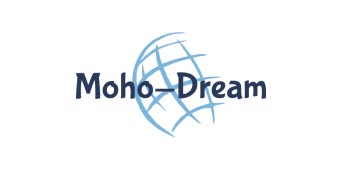We left Luxembourg yesterday in the pouring rain, stopping before the border to fill our almost empty tank with lovely cheap diesel costing €0.97/£0.89 per litre, a 22% discount to UK prices.
The river Moselle forms the border between Luxembourg and Germany, and here the spelling changes to Mosel. It was a much bigger river than I was expecting, and we’ll now be following its course through Germany to where it meets the Rhine near Koblenz.
After stopping at a Lidl on the edge of town to replenish the fridge (and the wine stash) with essential supplies, we parked up at the stellplatz in Trier, just next to the river. It absolutely poured down for the rest of the day, pausing very briefly when we went for a quick walk along the river. Fortunately we could still pick up British TV so we could watch Pointless (good game, good game!).
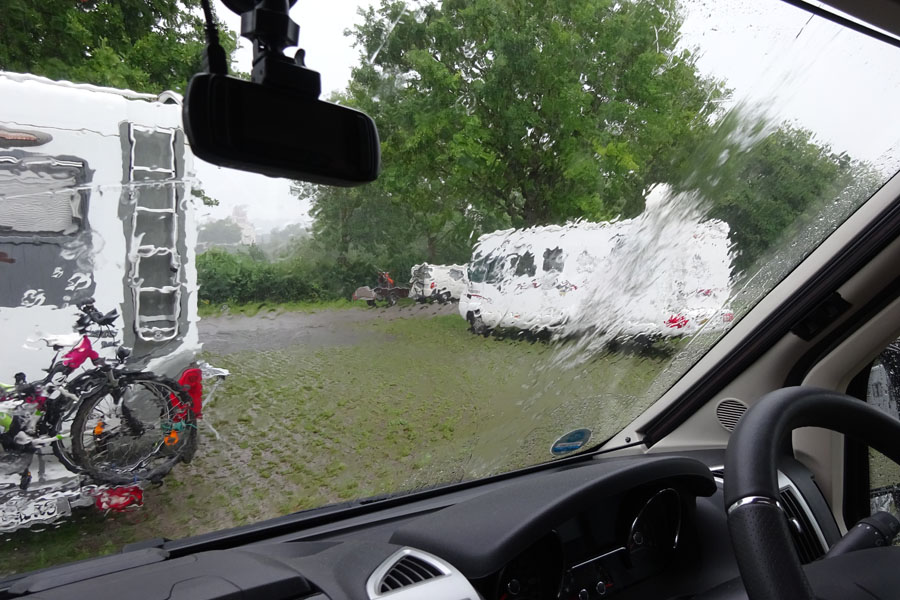
Trier is Germany’s oldest recorded city, with no fewer than eight UNESCO World Heritage sites, seven of which are Roman, so it’s quite a popular stop on the tourist trail. Another claim to fame is that Trier was the birth place of Karl Marx, and there’s a museum in the house of his birth.
The stellplatz was a bus ride from the city centre. Unfortunately for us, the bus service which stops outside the stellplatz only runs Monday to Friday, so we had to walk across the bridge to the other side of the river and get a different bus. After a somewhat lengthy wait, the 204 bus arrived and before long we were in the centre of town.
The most prominent of the Roman sites is the Porta Nigra, which is apparently the world’s best preserved Roman city gate (I’m not sure who decides these things!). After admiring it from the outside, and picking up a map at the tourist information, we stopped for a coffee and then set off round town.
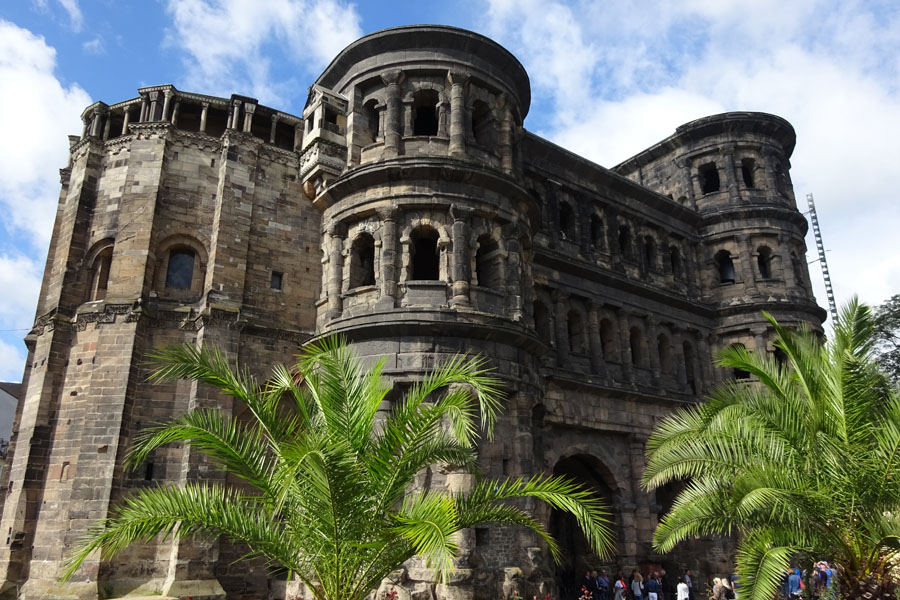
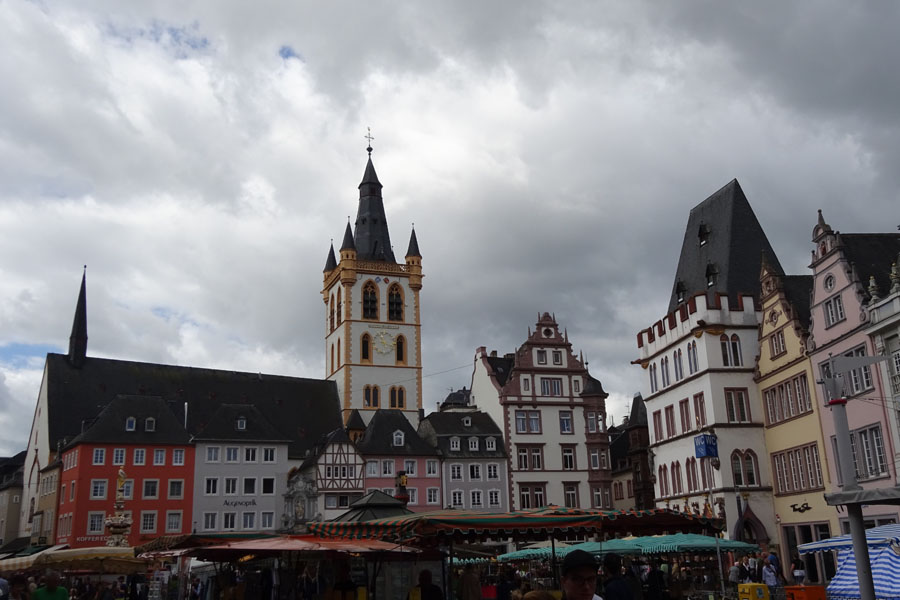
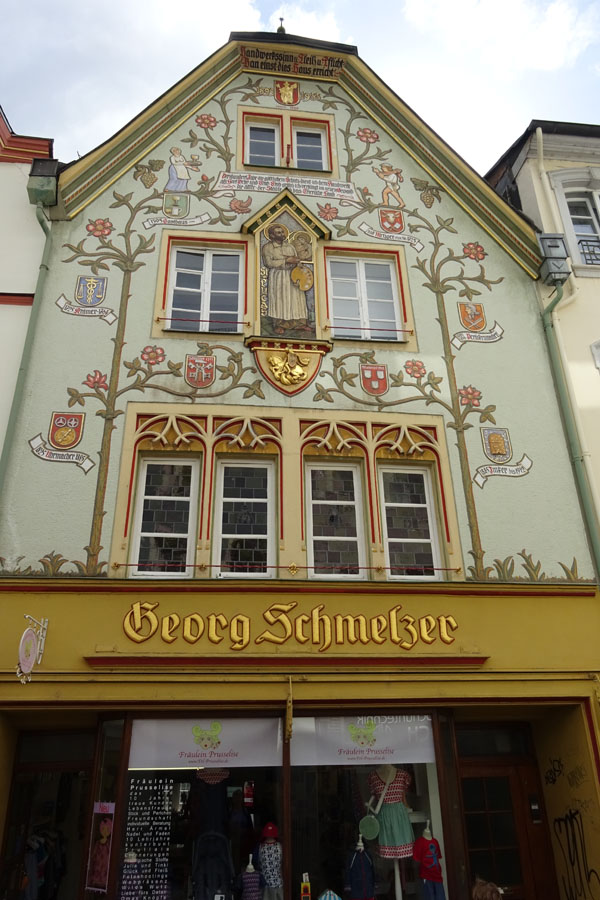
There’s a lovely traditional market place which was very busy, so we turned down a side street to see the Dom St Peter and Liebfrauenkirche (both UNESCO) and were surprised to see a gang of about 50 or more bikers, all dressed in black and stood next to their huge roadster bikes which were parked up to form a guard of honour. After a couple of minutes Welcome To The Jungle by Guns ‘n Roses belted out from a speaker somewhere, and the bikers all started their engines and revved their machines up. Some balloons went up and then a couple appeared to huge cheers. They were both dressed in their finest black clothes, and were accompanied by several ladies wearing identical black and white polka-dot dresses. Obviously one of the gang had just got married!
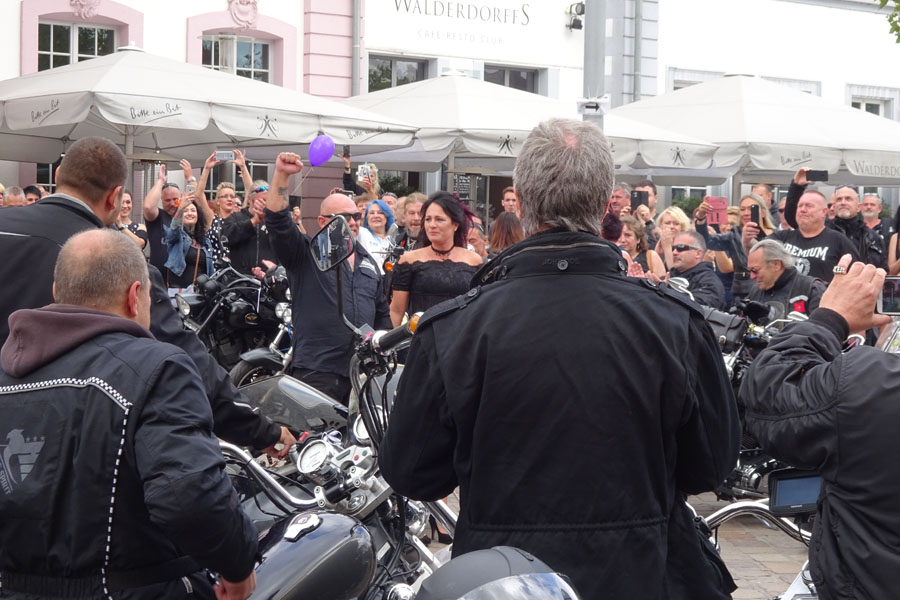
After all that excitement we went for an early lunch. As it was a little before midday, we had to order from the breakfast menu. Luckily for us, the German breakfast isn’t all croissants or fry ups, and we both had a lovely seafood salad.
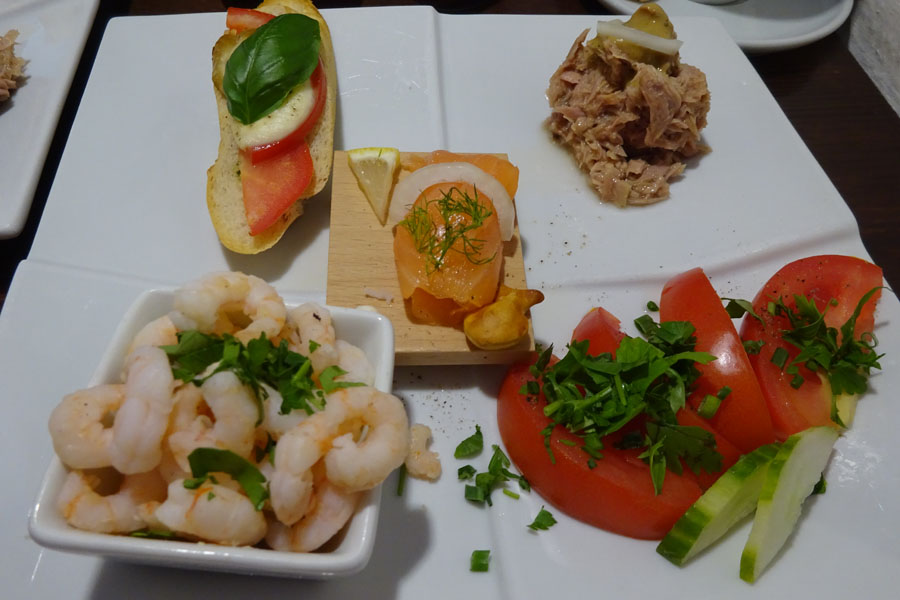
Next stop was UNESCO site number four, the Kaiserthermen, or Imperial Baths. I was slightly disappointed that much of the brickwork was covered in scaffolding, but I guess they have to maintain these things.
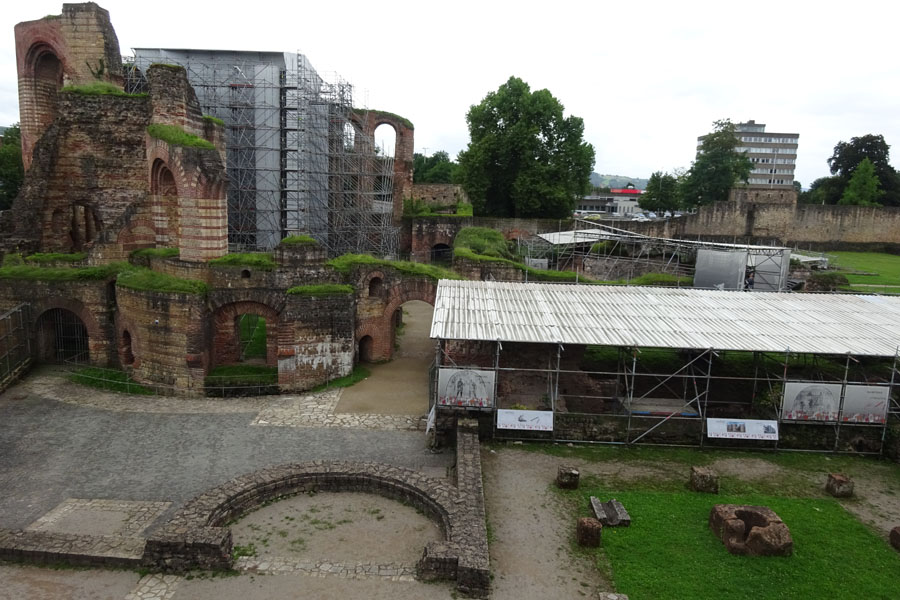
We decided to give the amphitheatre a miss, as judging by the photos we’ve already seen much better amphitheatres – we’d have to go some way to better the one we saw in Mérida. Instead we went along to the Rheinisches Landesmuseum, billed as having the largest collection of mosaics north of the Alps. The mosaics were indeed very good, but my favourite exhibit had to be the Mosel Ship, a sculpture of a wine-bearing vessel which once adorned a huge burial monument.
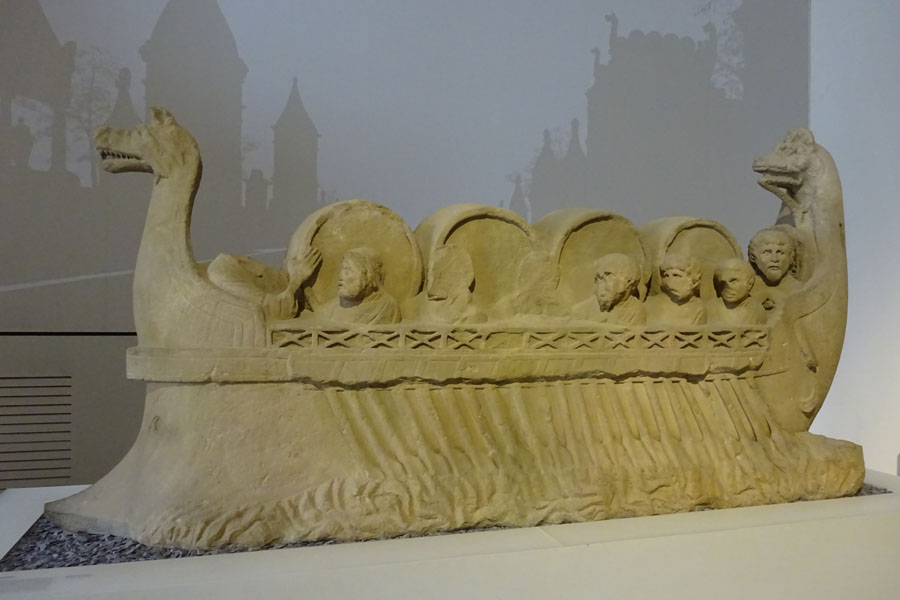
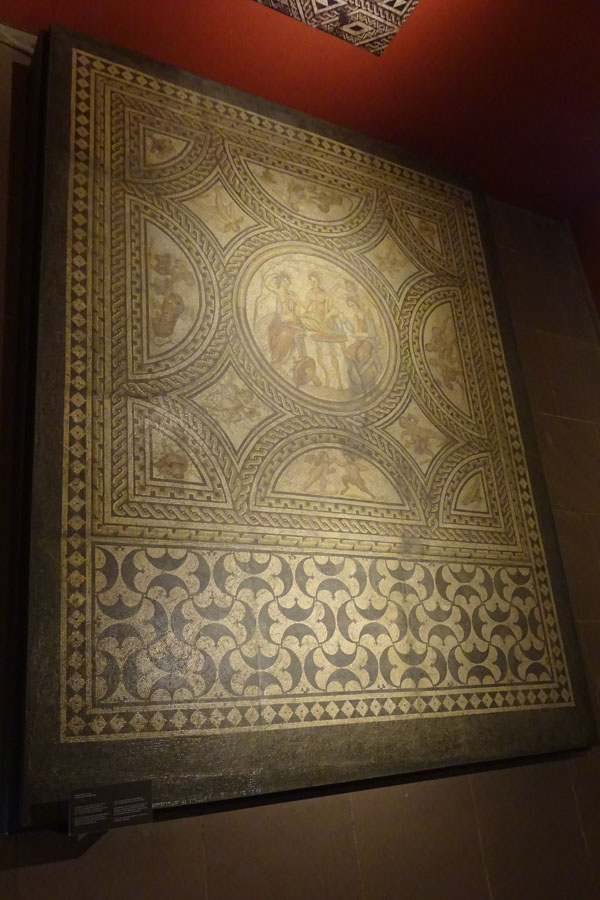

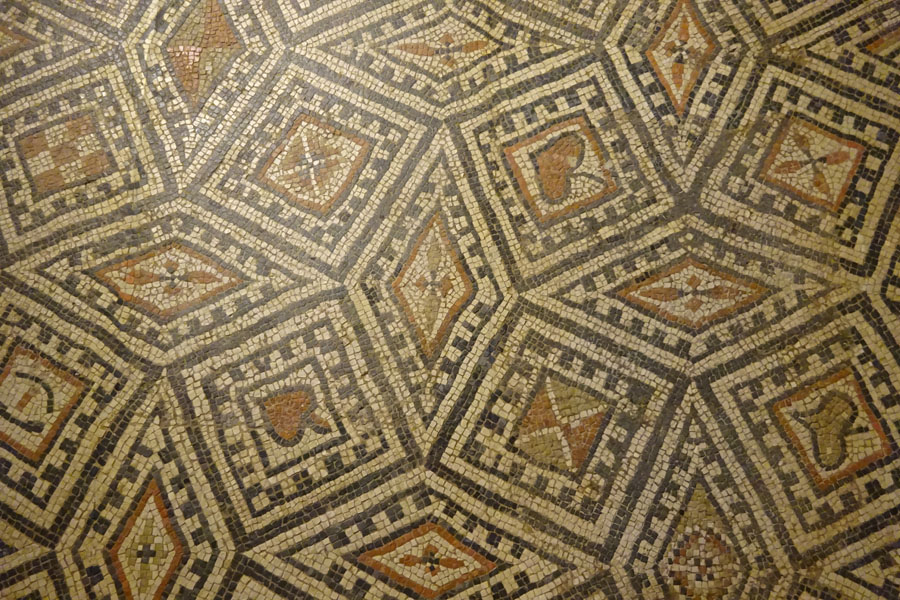
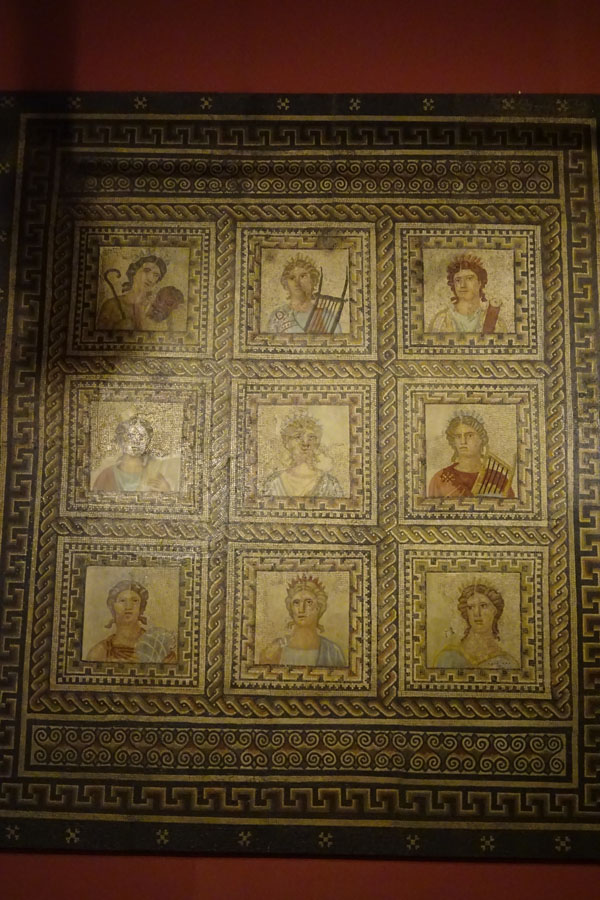
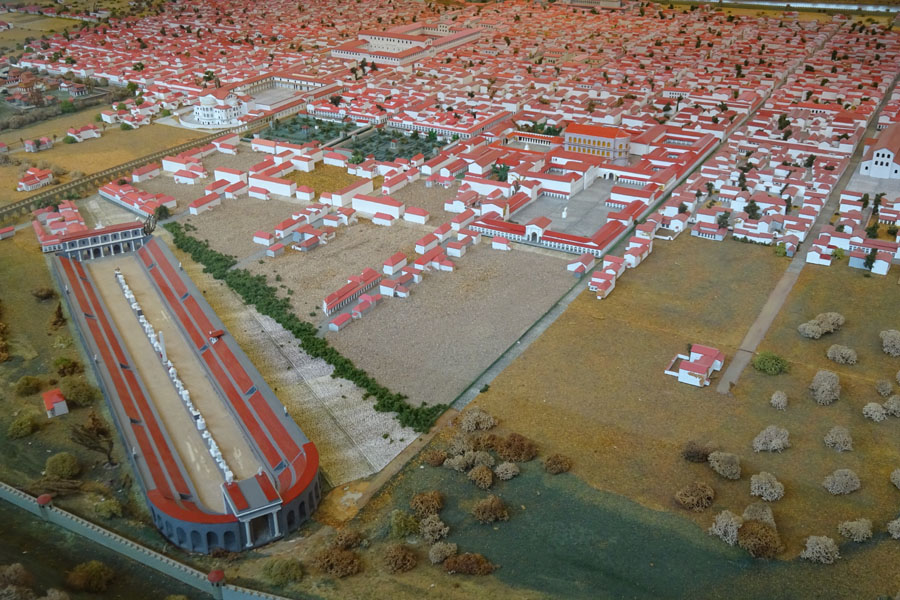
After a stroll back into town via the Electoral Palace, and stopping for refreshments, we decided to call it a day, and took the bus back to the van.
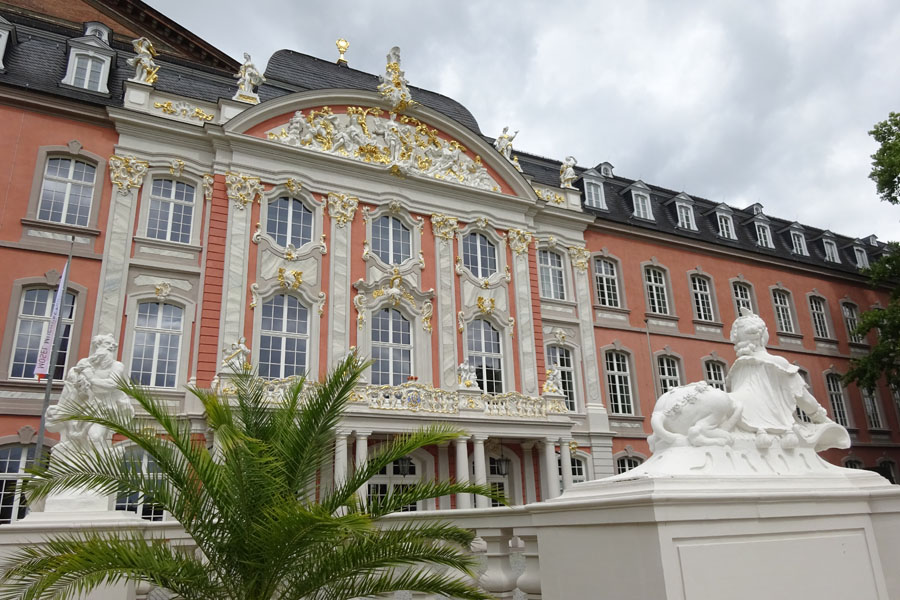
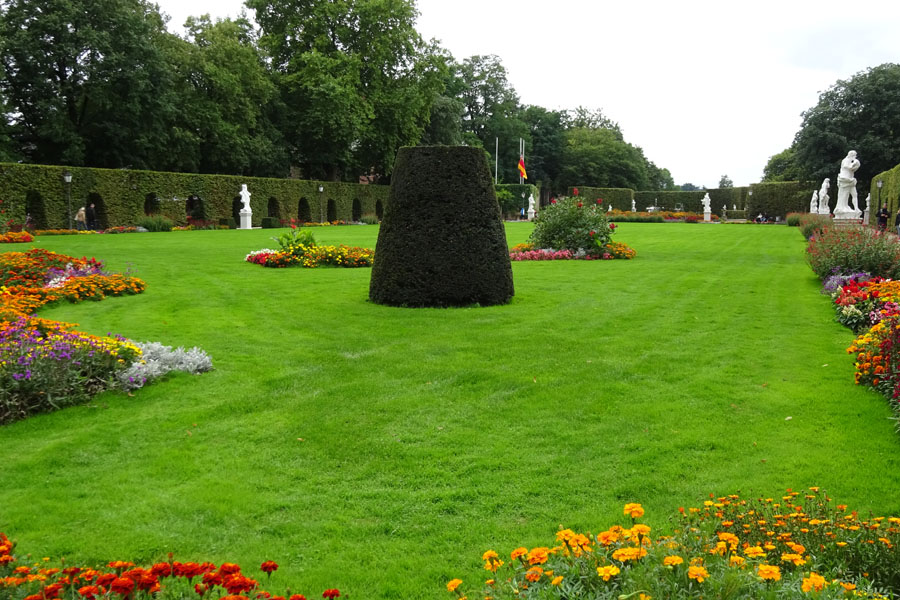
We had wanted to spend the evening sitting outside the van reading, but the rain put paid to that. Tomorrow we will leave Trier behind us, and move along the river a short distance to Longuich.
Mike
